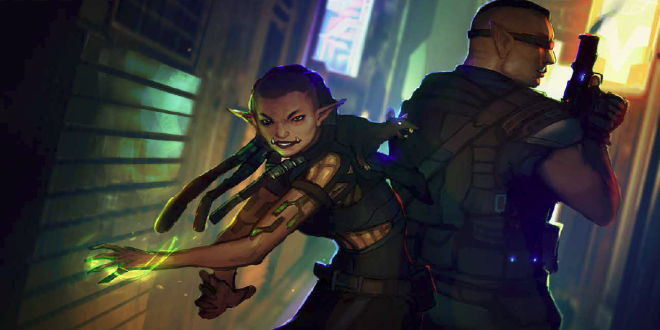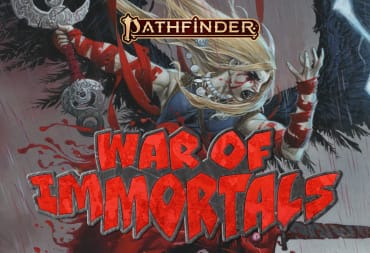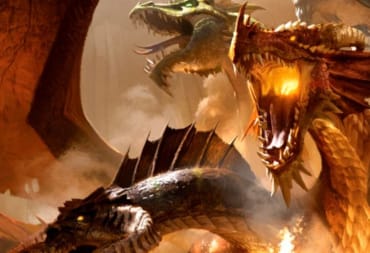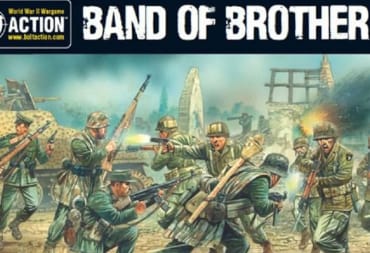Back in 2012, developer Harebrained Schemes tantalized audiences with a well presented isometric RPG Shadowrun Returns Kickstarter proposal and received over 4 times their requested funds to get the project off the ground. After Kickstarter fever died down and consumers grew cautious from the prolific failures of other studios, Harebrained Schemes came back to Kickstarter again for their official sequel Shadowrun: Hong Kong and received 12 times their requested funds. Clearly they’re doing something right.
Shadowrun Returns stopped shy of greatness, but after the wonderful expansion Shadowrun: Dragonfall, the developer has found their rhythm. Indeed, from a mechanical standpoint it looks as if they've taken a lot from Dragonfall and been content to make interface tweaks here or there. The game offers half a dozen new emotionally crippled companions and an exciting locale that permeates every aspect of the adventure.
This is an intriguing land even by the standards of Shadowrun’s grimy futuristic setting, where respect is held dear above everything else, feng shui is a very real magical phenomena, and mythological superstitions like the Yama Kings (also known as Shinigami or gods of death) persist among the populace. When they say Hong Kong they mean it. This is far more than a mere asset swap, not to downplay the architecture of course. It couldn't hurt to spare a glance for the serene temple gardens before the bullets start to fly.
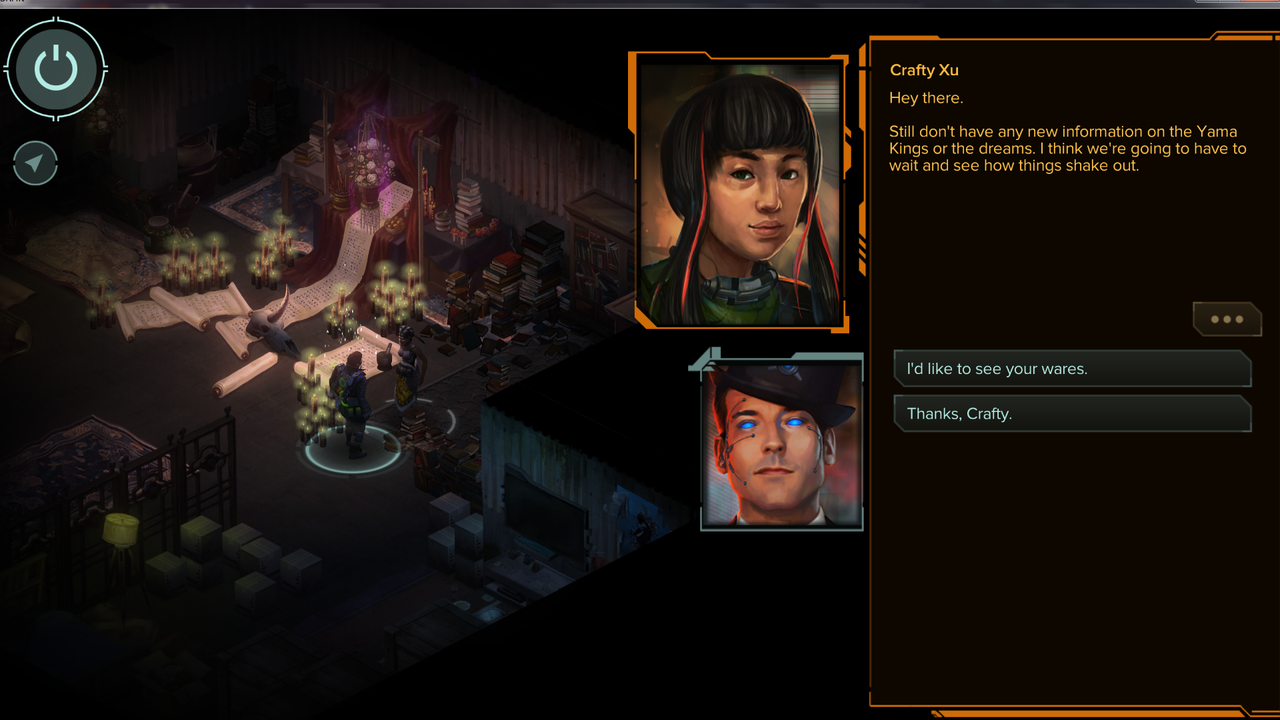
Character generation encompasses a variety of races from elves to trolls, each with an affinity for particular skills and some small limitations. Picking a class boosts the relevant skills, but while there’s certainly optimal builds that make the most efficient use of skill points, the open nature of the skill system allows advancement in any direction. This might also be a good time to mention that the protagonist doesn't start out as a Shadowrunner—the lawless elite who fight the megacorporations—so Shadowrun: Hong Kong could be a good entry point to the series for those reacting to elves in a cyberpunk setting with a mixture of astonishment and confusion. The main character’s starting predicament gives players an excuse to ask basic questions and clear up franchise terminology. There are only minor references to previous games, which amount to a sly nod towards canonical connoisseurs.
When the motivations are set to propel the story, you’re introduced to the main hub, a home base between missions brimming with vendors and chatty folk who’ll share their tales and discuss the mysterious wave of shared dreams looming throughout the campaign. The area often contains new dialogue and several vendors whose stock is updated, so it’s always worth poking around after each job. There are even recruitable contacts to find, though they’ll want cash upfront, unlike the regular companions who have to do the job for free because they’re your friends. That’s how friendship works.
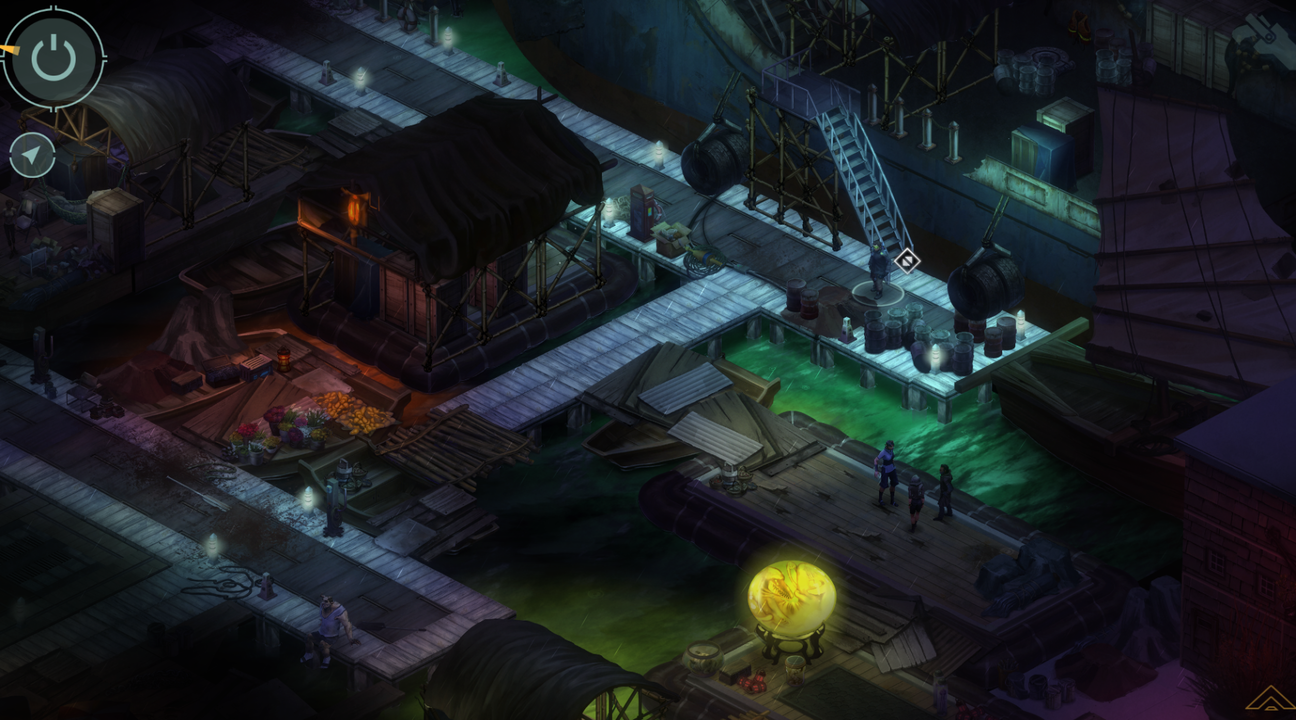
Jobs pop up on the mission terminal from Kindly Cheng, Triad crime boss and fixer, a go-between for Shadowrunners and clients. They can be undertaken in any order. Companions have their own quests too and can earn a unique reward to make them more effective in combat. Most missions have optional objectives with ways around combat, and since skill points are only awarded for completing objectives, hacking or smooth-talking are equally viable paths to victory. Fighting can only be put off for so long, however. Eventually you’re going to run into a security guard who thinks he’s John McClane, the only consolation being that he won’t even finish the first syllable of his battlecry before the might of a Shadowrunner’s arsenal causes him to vanish in an explosion of arterial red.
Combat switches to a turn-based mode, and the basics are largely unchanged. Use cover, positioning, and abilities to maximize those hit percentages while minimizing the risk. Consumable items like grenades and a range of mechanical implants can also provide an edge. One new feature is that some areas have a holster icon at the top right hand corner of the screen that offers the option to initiate combat rather than simply react. Given that other party members can’t be directly controlled and positioned beforehand, the usefulness is quite limited for setting up ambushes.
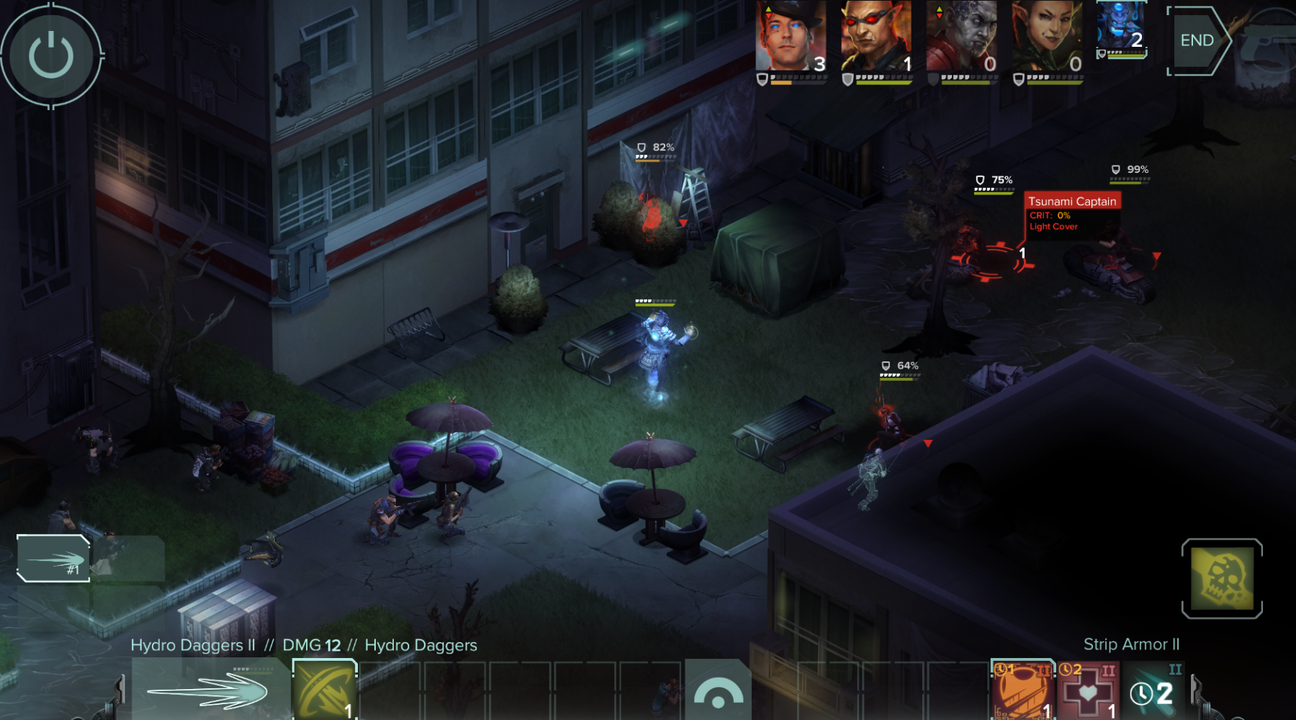
The notable changes are to The Matrix, a virtual reality replacement for the Internet. What was purely turn-based room-clearing combat has now become a real-time puzzle. Protective software patrols set routes, the challenge being to slip past them without entering their cone of vision. Hacking nodes for information first involves boosting the timer by repeating flashing numbers on a keypad. The second step is to watch for a combination lock of rotating symbols disappearing and reappearing, and sift through adjacent tumblers until you find the one that closely resembles the original. Overall the changes seem like a positive step; they keep things moving along and abolish the dreadfully slow action of prior games that insisted on turning every room into an unavoidable drawn out battle. Now if a fight starts, it typically means the player has screwed up.
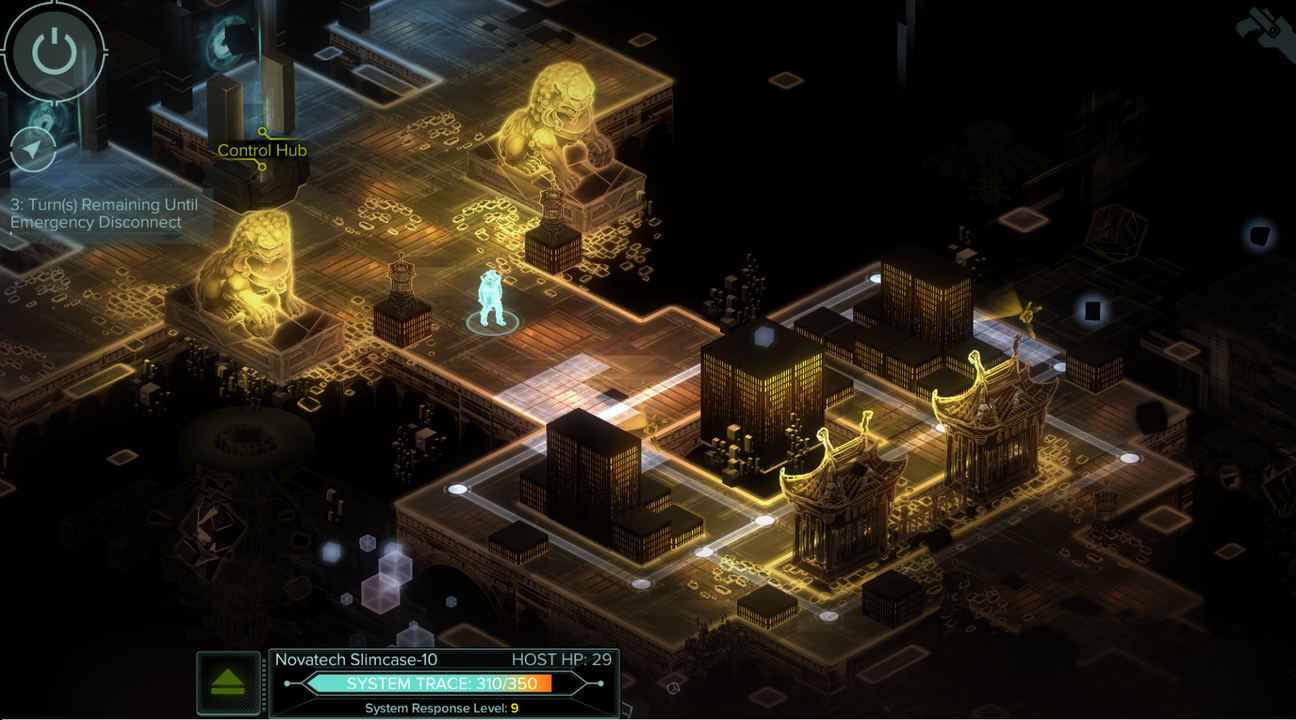
Woven throughout the adventure is a lovely soundtrack by composer/wizard Jon Everist, capturing that oriental feel and remaining a pleasure to listen to after 25-30 hours of playtime. If only everything in the game was so fleshed out.
During Shadowrun: Hong Kong, it’s possible to collect contacts, and while they have sporadic uses, there’s never a scene where you call in every favor for the final battle. One of my early contacts shows up with a bare-bones explanation and a different attitude that should have only been possible with my help—the help I had promised to grant and was never given the opportunity to do so. I was also prepared to deal with the final boss intelligently and was deprived of that option thanks to an easily missed and absurdly specific dialogue prompt that grants the essential information out of nowhere.
Shadowrun: Hong Kong is sure to give RPG fans their money’s worth, with a compelling story that foreshadows a supreme threat and appropriately escalates until the stakes are higher than ever. The companions are so memorable—the ghoul samurai, the redeemed half-brother, the messy orc with really odd eating habits (and this is coming from someone who scoffs Cheetos sandwiches)—it’s everything great from Dragonfall expanded upon for a full blown sequel. Having said that, there are tiny cracks, and it’s hard not to wistfully imagine how much the game could benefit from the same treatment Dragonfall got in the form of a director’s cut.
Shadowrun: Hong Kong can be purchased online from GoG, Green Man Gaming, and Steam. This game was bought by Mark Richard and reviewed for PC.
Review Summary
Shadowrun: Hong Kong lives up to the reputation of its predecessors and remains one of the best RPG series in recent years.
(Review Policy)Have a tip, or want to point out something we missed? Leave a Comment or e-mail us at tips@techraptor.net
